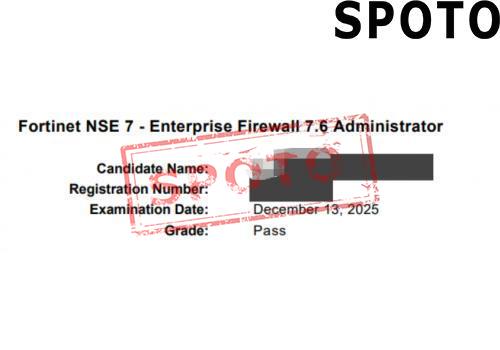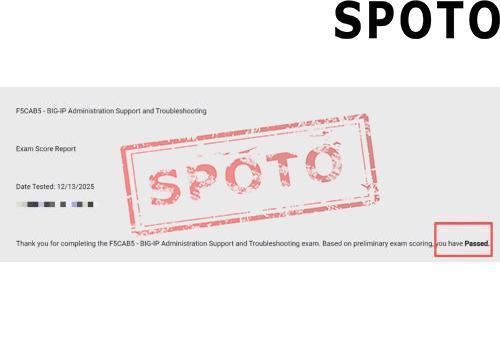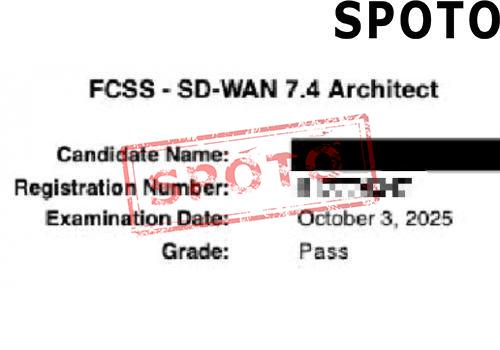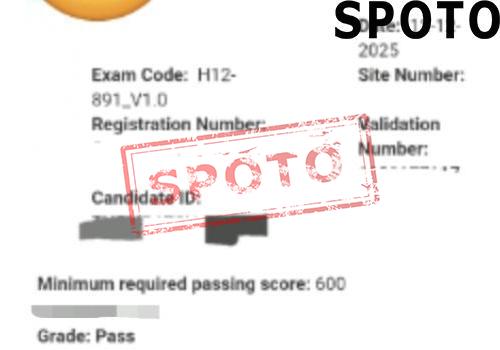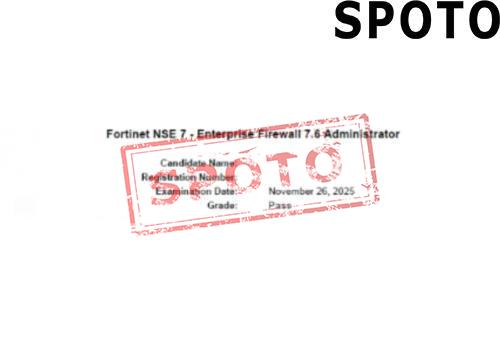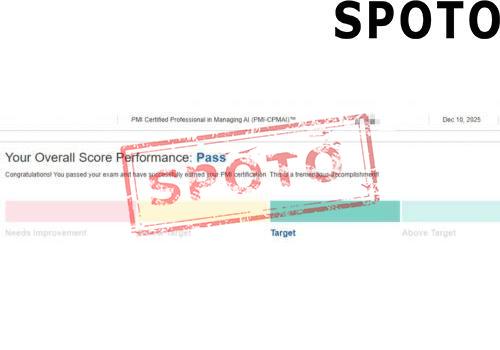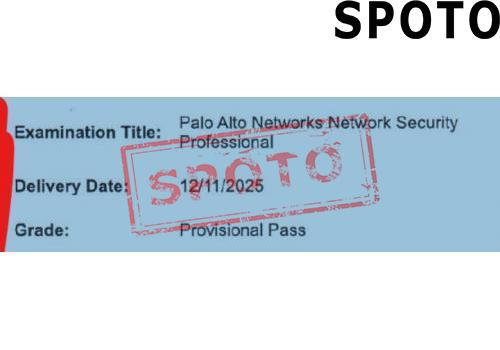
The Palo Alto Networks Certified Network Security Engineer (PCNSE) certification is a respected credential that validates your knowledge of Palo Alto Networks technologies and your ability to design, deploy, configure, maintain, and troubleshoot the vast majority of implementations based on the Palo Alto Networks platform. If you're serious about becoming a cybersecurity pro with a focus on network security, earning the PCNSE is a smart move.
Here's a step-by-step guide to help you master the PCNSE certification.
Step 1: Understand What PCNSE Is All About
Before diving into study mode, understand what the certification entails. The PCNSE exam tests your knowledge of core features and functions of Palo Alto Networks next-generation firewalls, Panorama, and associated security technologies. Knowing what the exam covers helps you prepare smarter.
Step 2: Review the Official Exam Blueprint
Visit the official Palo Alto Networks certification website and download the PCNSE exam blueprint. This document outlines the exact topics and weightage of each domain. Focus your efforts based on the blueprint to ensure you're not wasting time on irrelevant topics.
Step 3: Get Hands-On with Palo Alto Firewalls
Theory is important, but the PCNSE exam is deeply rooted in practical knowledge. Set up a lab environment using virtual firewalls (VM-Series) or use Palo Alto's online lab resources if available. Practice configuring interfaces, security policies, NAT rules, and user ID features.
Step 4: Take the EDU-210 Course (If You Can)
While not mandatory, Palo Alto's EDU-210 course (Firewall Essentials: Configuration and Management) offers a great introduction to the firewall platform. If your organization provides access, or you can invest in it yourself, this course lays a strong foundation.
Step 5: Use Multiple Study Resources
Don't rely on a single book or video series. Combine official documentation, community discussions, practice questions, and video courses (from platforms like Udemy, LinkedIn Learning, SPOTO, or CBT Nuggets) to reinforce your knowledge from different angles.
Step 6: Practice with Real-World Scenarios
Try to simulate real-world scenarios in your lab. For example, configure site-to-site VPNs, troubleshoot routing issues, and apply security profiles to policies. The more familiar you are with practical tasks, the more confident you'll be during the exam.
Step 7: Focus on Panorama and Cloud Integration
PCNSE isn't just about firewalls. Panorama, Palo Alto's centralized management solution, plays a significant role in the exam. Make sure you can configure and manage devices via Panorama, and don't overlook cloud-delivered security features like Prisma Access.
Step 8: Join Online Communities
Join forums and social media groups dedicated to Palo Alto Networks certifications. Reddit, LinkedIn groups, and sites like Live Community are great places to ask questions, get tips from certified professionals, and stay up to date with exam changes.
Step 9: Take Practice Exams
Mock exams are one of the best ways to gauge your readiness. Aim to consistently score above 80% before you sit the real exam. Analyze your incorrect answers carefully to understand your weak points and revisit those topics.
Step 10: Schedule and Sit for the Exam
Once you feel confident in your preparation, go ahead and schedule your PCNSE exam through Pearson VUE. Make sure to get a good night's rest, stay calm, and trust your preparation.
Final Thoughts
Mastering the PCNSE certification takes dedication, hands-on practice, and a strategic study plan. By following these ten steps, you'll be well-equipped to pass the exam and advance your career as a network security engineer. The investment of time and effort will pay off, giving you industry recognition and opening doors to higher-level security roles.
Stay consistent, stay curious, and you'll be a PCNSE in no time.
